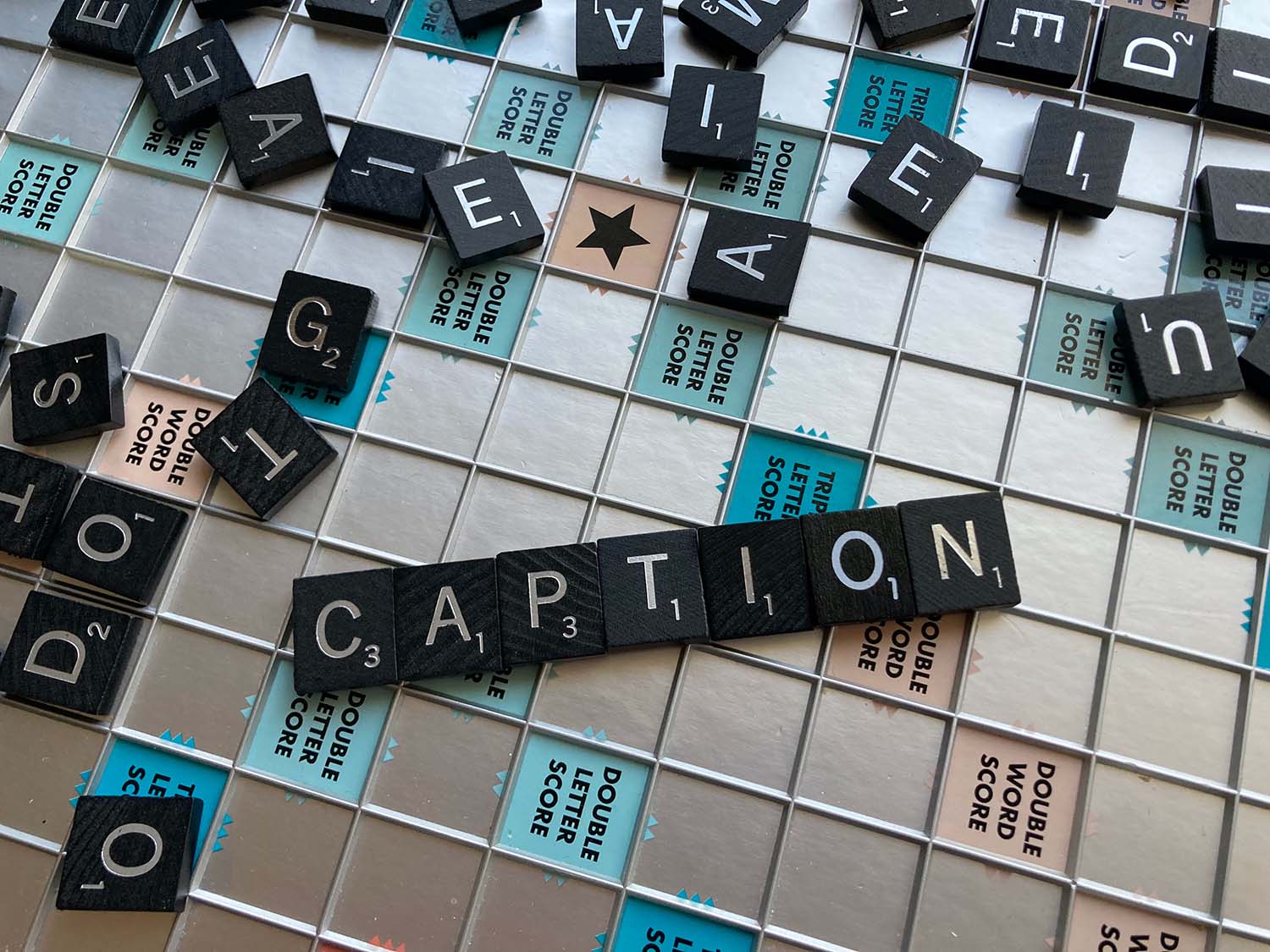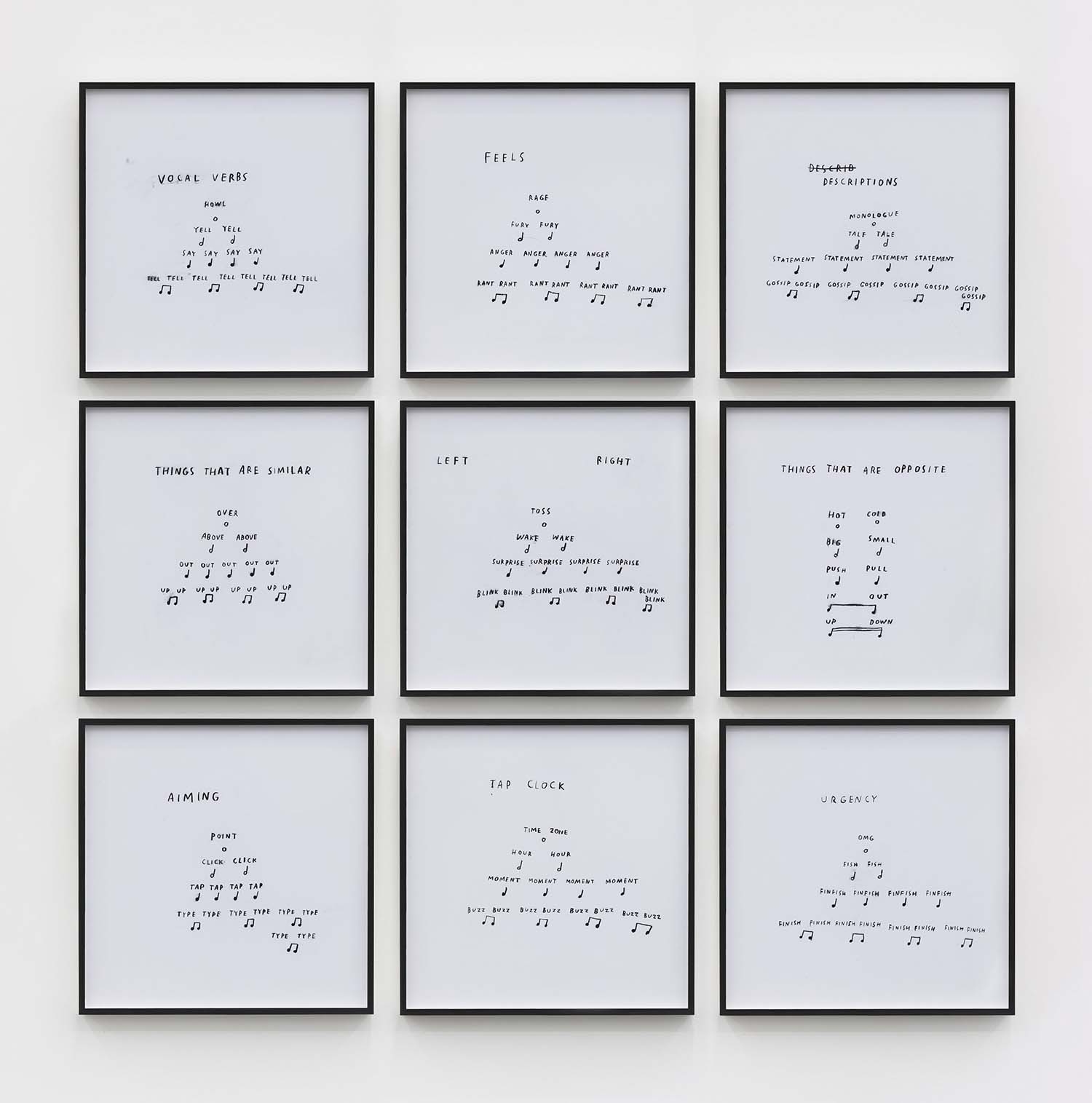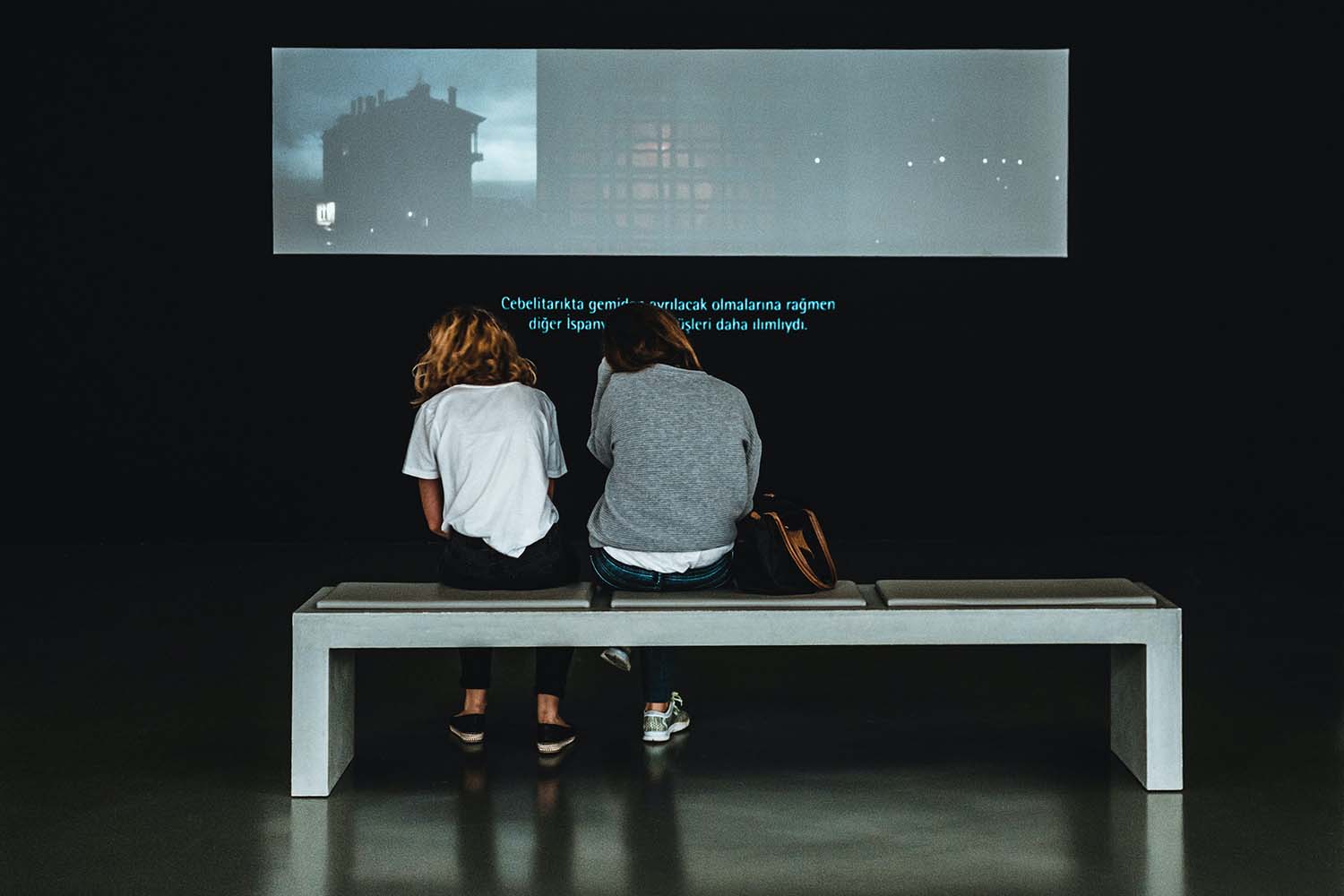Closed captions are an important part of the viewing experience for many people. They can help those who are hard of hearing, or who want to watch a movie without disturbing others. But closed captions also serve another purpose: they can be an art form in and of themselves.
In this article, we will explore the art behind closed captions, and discuss how they can be used to improve the viewing experience for all viewers.

Photo, Monica Flores.
What are Closed Captions?
Closed captioning provides a text version of the dialog and sound effects for television programs, movies, and other video content. It is most commonly used by viewers who are deaf or hard of hearing, but it can also be useful for viewers who are trying to follow along with fast-paced dialog or unfamiliar accents.
Closed captioning is typically provided as an on-screen overlay, but it can also be delivered via off-screen text displays or handheld devices.
How Can Closed Captioning Improve the Viewing Experience for All Viewers?
Closed captioning can be used to improve the viewing experience for all viewers in a number of ways. For example, it can be used to provide an auditory description of the action taking place on the screen or to provide a running commentary on the dialog.
Additionally, closed captioning can be used to create “auditory drawings” that provide a unique and interesting way to experience a given work of art. Moreover, many viewers using closed captioning for the first time find that it actually improves their comprehension of the dialog, as they are able to read along with the text.
Ultimately, closed captioning provides a valuable service for viewers who are deaf or hard of hearing. However, it also has the potential to improve the viewing experience for all viewers, regardless of their hearing status.
By taking advantage of the many ways in which closed captioning can be used, artists and content creators can ensure that their work is accessible to the widest possible audience.
In What Art Mediums Closed Captions Are Used?
There are a number of different art mediums that utilize closed captioning, including painting, sculpture, and photography. In many cases, closed captioning is used to provide an auditory description of the action taking place in a given work of art. This can be particularly helpful for viewers who are blind or have low vision. By using closed captioning, artists can ensure that their work is accessible to a wider audience.

Christine Sun KIM
The Rhythm Pyramids, 2020
© The Artist.
The Art Behind Closed Captions
One example of closed captions as an art topic can be found in the works of the artist Christine Sun Kim, a deaf artist who uses closed captioning in her work to create what she calls “auditory drawings.”
Kim uses a variety of mediums to create her auditory drawings, including painting, drawing, and video. In one of her most famous works, The Alphabet in American Sign Language, she uses closed captioning to provide a running commentary on the history and evolution of American Sign Language.
Kim’s work highlights the fact that closed captioning can be used for more than just providing a text version of dialog. It can also be used as a tool for artistic expression.
Simon Biggs
Another artist that uses closed captions as a mainstay in their work is British artist, Simon Biggs. His piece ‘Shouting in the Dark’ is an online project consisting of a series of short animations, each with a different message conveyed through text on the screen. The messages are meant to be read by the viewer as they watch the animations, and are often humorous or thought-provoking.
Biggs’ use of closed captioning in his work challenges the idea that art must be “heard” to be appreciated. It also forces the viewer to slow down and pay attention to the words being displayed on the screen, rather than just the visuals.
In addition, closed captioning has become a significant topic in the art of painting and sculpture, with many artists using the famous CC symbol in their work to make a statement about the role of captions in society.
Barbara Kruger
One such artist is Barbara Kruger, who often includes the CC logo in her work to encourage viewers to think critically about the messages being conveyed. Kruger’s use of the CC symbol is just one example of how closed captioning can be used to make a statement about the importance of accessibility in the arts.
Another art point of view is Ai closed captioning. For many, Ai closed captioning is considered “the human art of captioning”. Ai closed captioning uses machine learning algorithms to generate captions for video and audio content. While it is not yet perfect, it is constantly improving and has the potential to provide accurate and accessible captions for a wide range of content.








